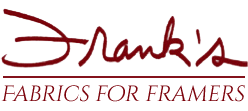AN INTRODUCTION TO LINERS
Although liners have traditionally been used when framing canvases, Picture Framers have discovered in recent years the elegance that liners lend to paper-bourne art such as lithographs, etchings, and photographs. Used in conjunction with mats, liners add depth and character to the final design. These Mat-and-Liner Combinations are also an excellent way to create shadow boxes for artifacts. Additionally, Mat Liners (wood profiles with no rabbet) provide another new and exciting option for creative framing.
There are three basic ways to wrap liners with Fabric:
The most common way is wrapped lengths, where the liner is chopped then joined like any moulding. A more custom look is what is known as “end wrapping.” This method involves chopping the liner first; then, wrapping each leg separately, including the mitered ends, before joining. (A hint: Joining end-wrapped liners requires using a fabric adhesive rather than wood glue because you are joining fabric to fabric.) The third method is called variously “no seams,” “continuous wrapped,” or “finished corner.” In this high-end technique, the liner is chopped and joined, the corners are sanded and prepared, then the assembled liner is wrapped with a single piece of fabric, like a mat.
Whatever method you choose, you can be sure that the finished frame will be more beautiful, more enjoyable, and more valuable because you designed it with Fabric.
Our liners are produced in UPS-shippable 8’10” lengths. We use finger-joined poplar and bass wood, and they are available in length or chop, primed, pre-covered, or custom-wrapped to your specifications.
- French Bevel Liners
- Mat Liners, Plus
- Reverse Scoops
- Scoop Liners
- Stretcher Bars
- Tapered, Sloped, & More




















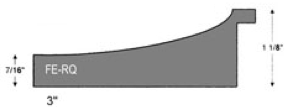

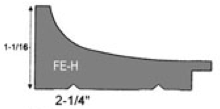






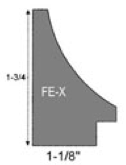



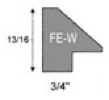







"Hi, I'm Moises Torres and I'm proud to carry on the legacy of Frank Chavez, the founder of Frank's Fabrics and an innovator in our industry."
Call us at 888-332-2749 or email us at info@franksfabrics.com.
